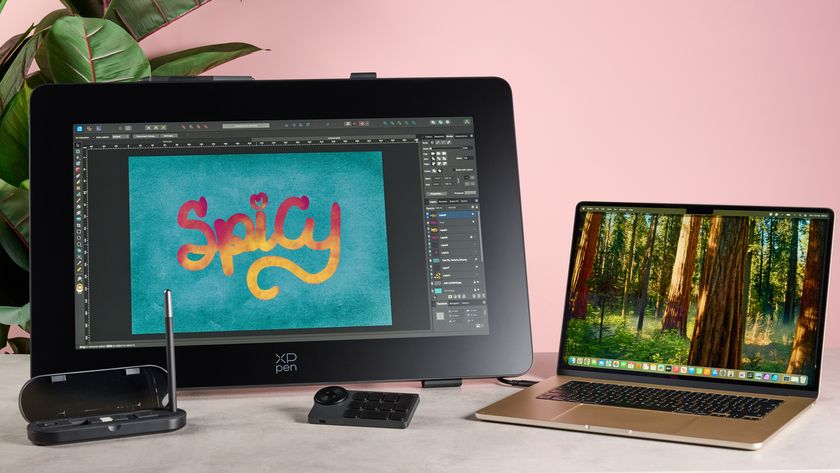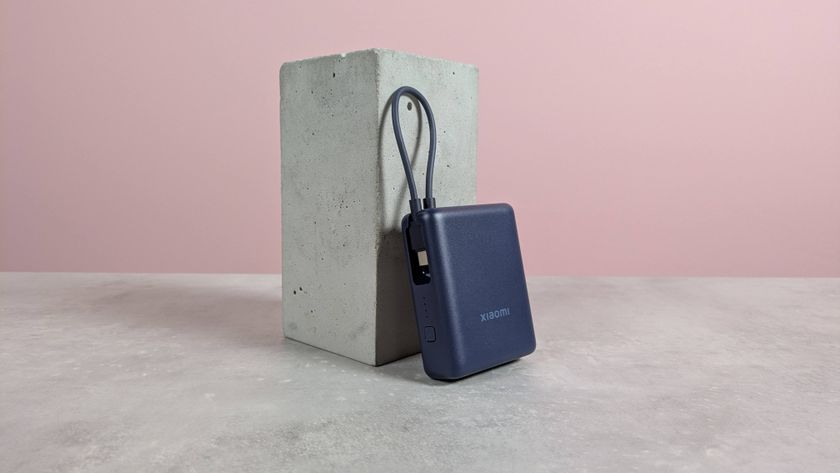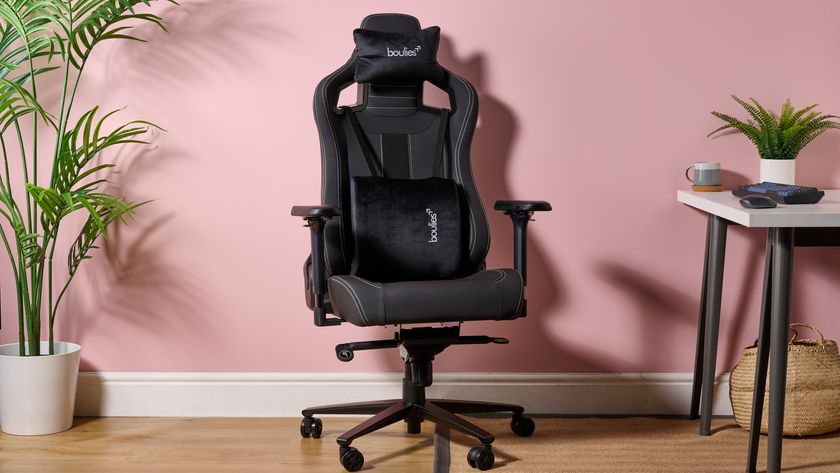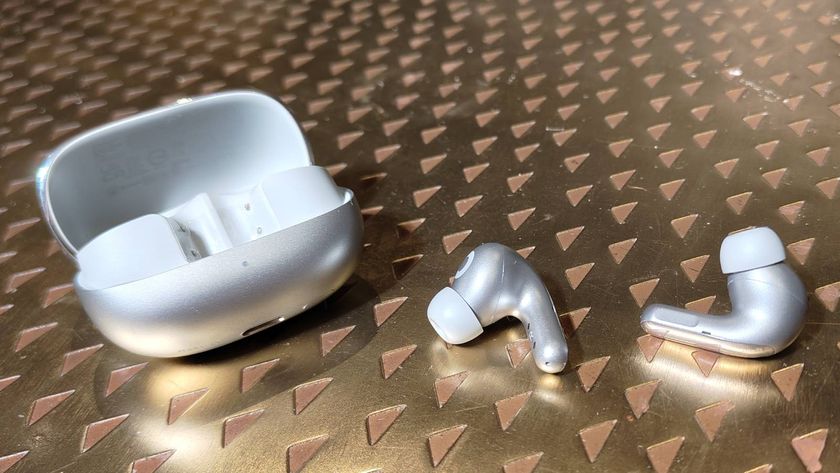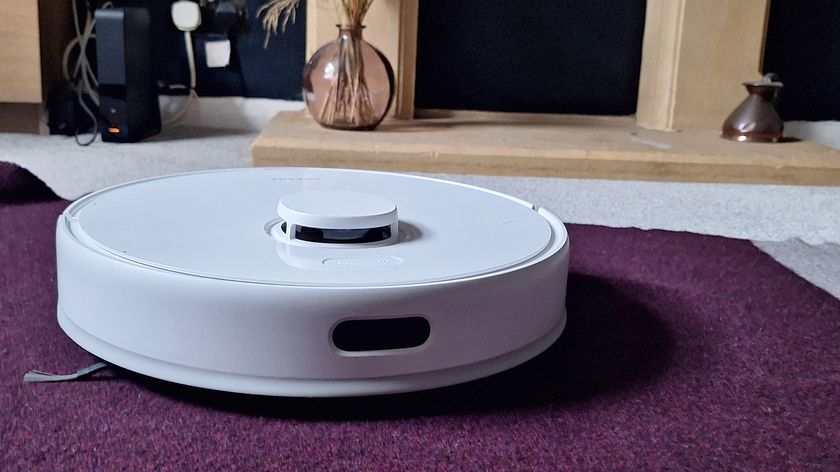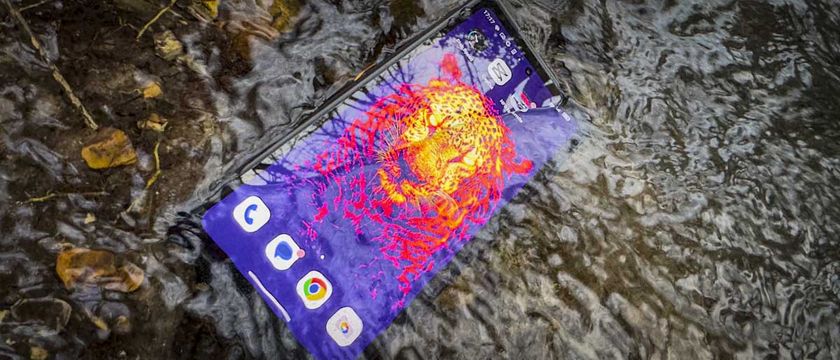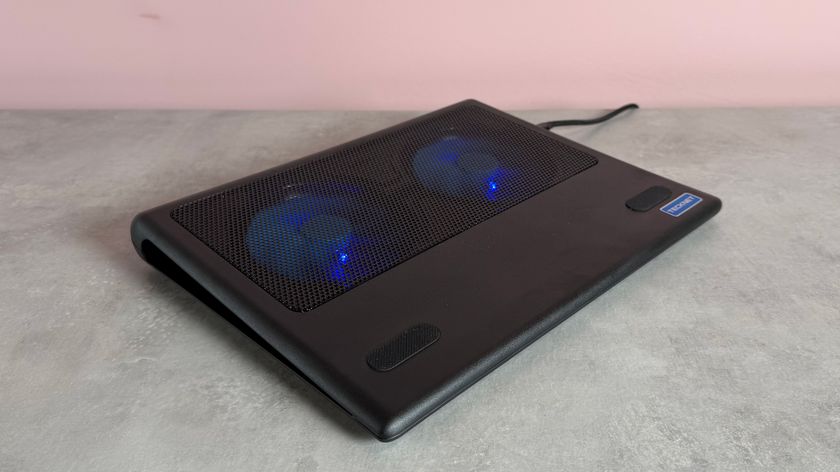TechRadar Verdict
The Fitbit Inspire HR is more affordable than the fitness bands it replaces within Fitbit's range and it comes sporting more tech than those older products too. It isn't the most affordable tracker on the market, but everything works well here and it's a great option if you're looking to start tracking your fitness journey.
Pros
- +
Premium design
- +
Lots of tracked metrics
- +
Strong battery life
Cons
- -
No Fitbit Pay
- -
Screen can be unresponsive
- -
Large bezel
Why you can trust TechRadar
The Fitbit Inspire HR is a slim fitness tracker that'll help nudge you towards developing healthier everyday habits. It's now been succeeded by the Fitbit Inspire 2, which adds extra workout tracking tools such as Fitbit's 'intensity minutes' metric, but the Inspire HR is still a solid choice if your needs are simple.
We're expecting to see some good deals on older Fitbits like the Inspire HR for Prime Day 2021 as Amazon aims to clear out stock, so it's a great opportunity to grab a bargain.
Previously, the likes of the Fitbit Flex 2, Fitbit Alta, Fitbit Alta HR and even the Fitbit Zip sat in that lower price bracket, but with the Fitbit Inspire and Fitbit Inspire HR that has all changed.
The company has slimmed down its budget range and brought it all under one roof with these two new affordable trackers. They try and achieve more than the devices listed above but don’t come with the same level of functionality as the Fitbit Charge 3.
Fitbit Inspire HR release date and price
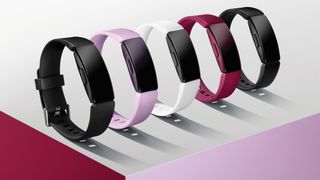
You can now buy the Fitbit Inspire HR from the official Fitbit website as well as a variety of third-party retailers in the US, UK and Australia.
The Fitbit Inspire HR is a touch more expensive than its heart rate-less sibling at $99.95 / £89.99 / AU$179.95. That’s for a version with a silicone band, while other bands cost between $24.95 / £19.99/ AU$44.95 and $64.95 / £59.99 / AU$99.95, with options including leather, double wrap and stainless steel.
You can buy clips for the basic Fitbit Inspire that allow you to wear it on a belt, pocket or bra rather than around your wrist, but these aren't compatible with the Fitbit Inspire HR, so you'll have to opt for the cheaper tracker to be able to use one.
Considering the Fitbit Alta HR - a product with a similar spec to this tracker - launched in 2017 for $149.95 / £129.99 / AU$249.95, this is quite an affordable fitness device. Arguably, it’s one of the best trackers from a price standpoint that the company has ever created.
Fitbit is generally more expensive than its competition though, so this isn't the most affordable tracker on the market for the functionality you'll be getting access to here.
Design and display
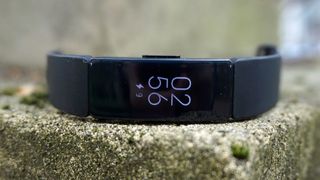
This is one of the narrowest and therefore sleekest-looking fitness trackers you can buy right now - though it's quite thick. Still, it’s by far one of the most attractive trackers Fitbit has made, and it's notably lighter and thinner than the Fitbit Charge 3.
This replaces the Fitbit Alta HR and Fitbit Flex 2 in the company’s line-up of trackers, and it feels like an amalgamation of those two with a few refinements to ensure it's a smoother product.
You’ve got the color choices of black, lilac or white for this tracker. Silicone bands come with it by default, but you can upgrade to a variety of other straps if you’re looking for a more formal or just different look.
For the purposes of our review we used the black tracker, but the other two choices look good on the wrist as well. If you don’t like this look specifically, it’s notable that there’s a large variety of different straps and accessories you can use to change up its look. Fitbit makes some but there are also lots of third-party options.
On the right hand side of the body there's a button that you can use to wake the device and take you back to the home screen. To go through your various stats you’ll be using the touchscreen, but it isn't as responsive as a smartwatch display.


All you really use the screen for is swiping between a couple of menus to show your stats for the day. You can start a few features using the touchscreen, including exercises and guided breathing sessions, but you’ll have to swipe up to find these.
That's quite an unintuitive part of the user interface, and we often found ourselves scrolling through the menu a couple of times before we remembered where the option we were looking for sat. The screen also didn’t register all of our swipes, so sometimes you may find yourself getting frustrated with navigating around the tracker’s menus.
It’s a black and white display, which isn’t an issue for the sort of stats you’ll be looking at on the screen. It’s important that you also know the display doesn't take up the whole front of the device shown in the images in this review.
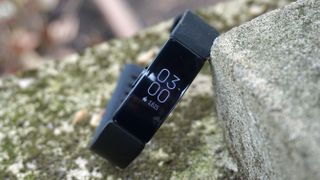
There are some big, thick bezels at the top and bottom of the display as well as lines going down either side of the Fitbit Inspire HR's screen. Those bezels at the top and bottom of the screen are 11mm, while the ones to the side are 3mm.
Considering the tracker is 37mm long and 16mm wide that doesn’t leave a huge amount of space for the screen. That said, we didn’t find it irritating in day to day use, and especially with the bezels being black it’s not clear that you’ve got these big bezels on all sides.
The Inspire HR comes with a swim-proof build which means you can wear this in the shower without worrying about it getting ruined. At the time of our original review, we thought the Inspire HR was incapable of tracking swims but it's actually possible to track swim lengths, duration, distance and pace.
We've yet to test out this feature, but we hope to update our review with a full verdict on its swim capabilities at a later date.
Image Credit: TechRadar
James is the Editor-in-Chief at Android Police. Previously, he was Senior Phones Editor for TechRadar, and he has covered smartphones and the mobile space for the best part of a decade bringing you news on all the big announcements from top manufacturers making mobile phones and other portable gadgets. James is often testing out and reviewing the latest and greatest mobile phones, smartwatches, tablets, virtual reality headsets, fitness trackers and more. He once fell over.
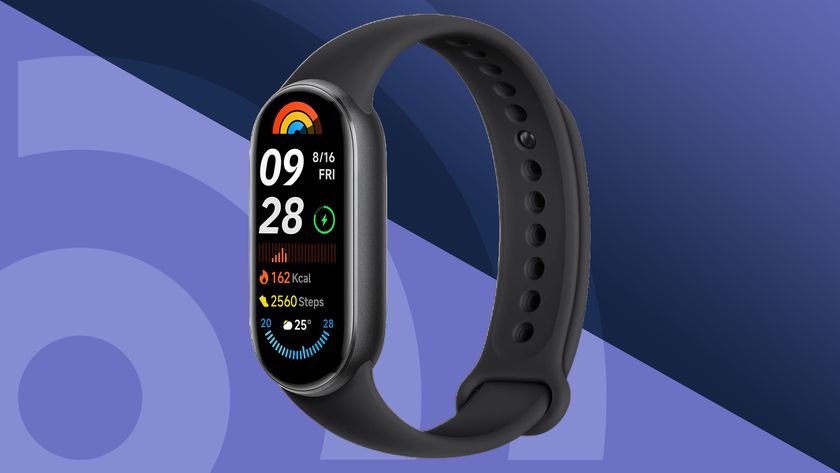
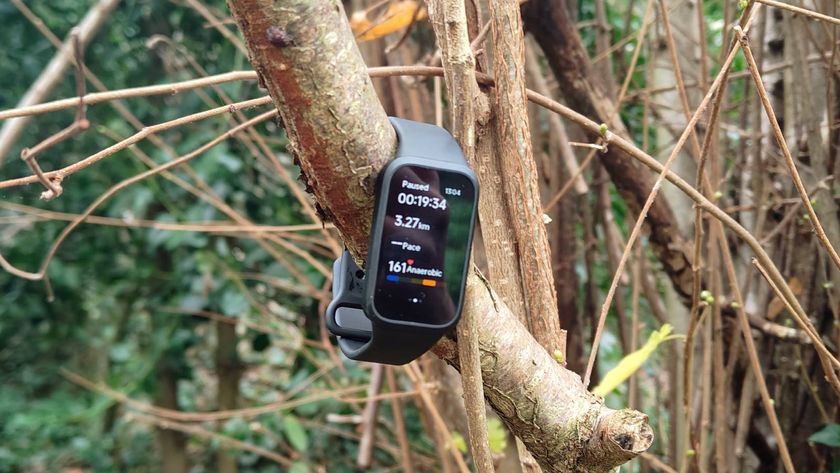
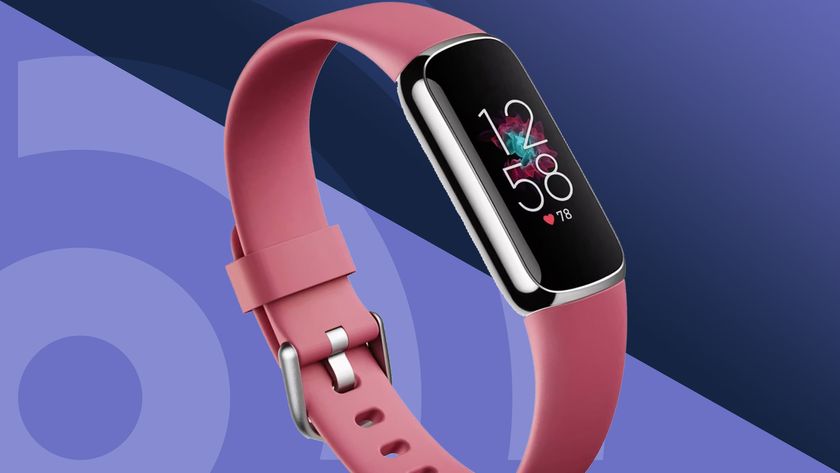
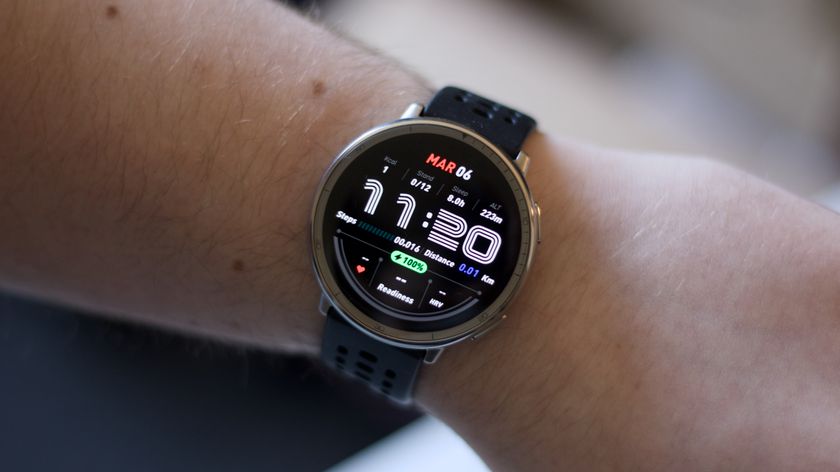
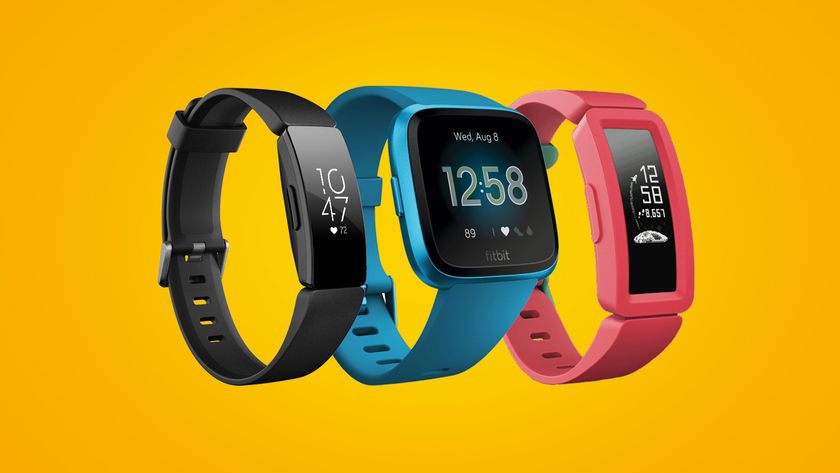
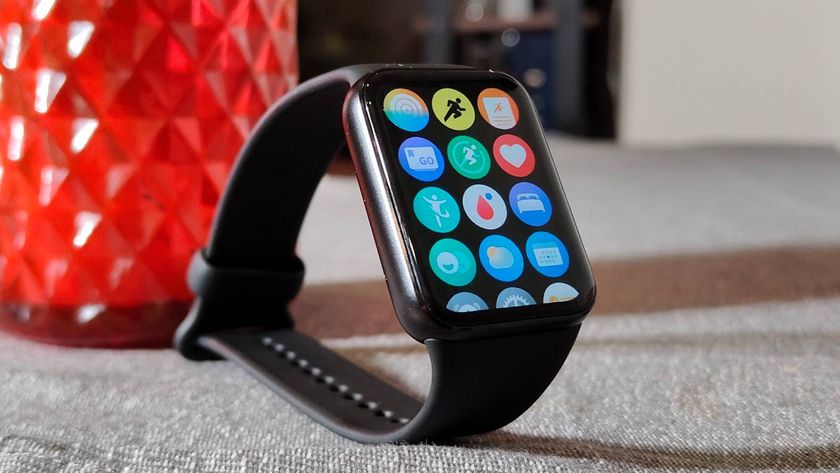

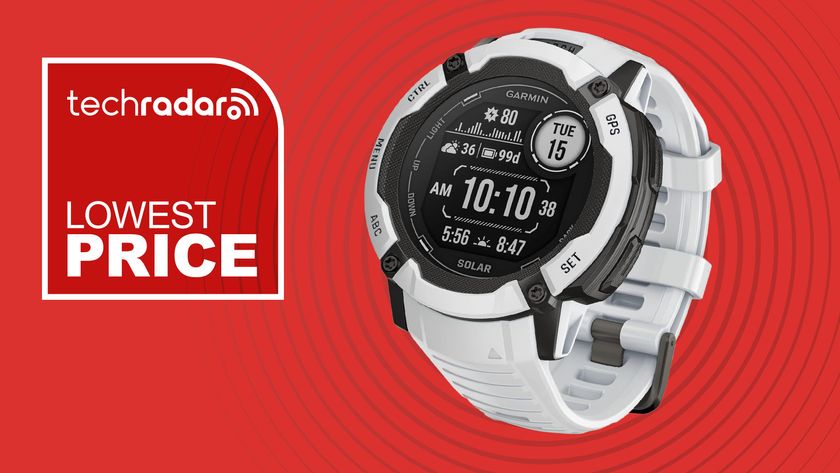


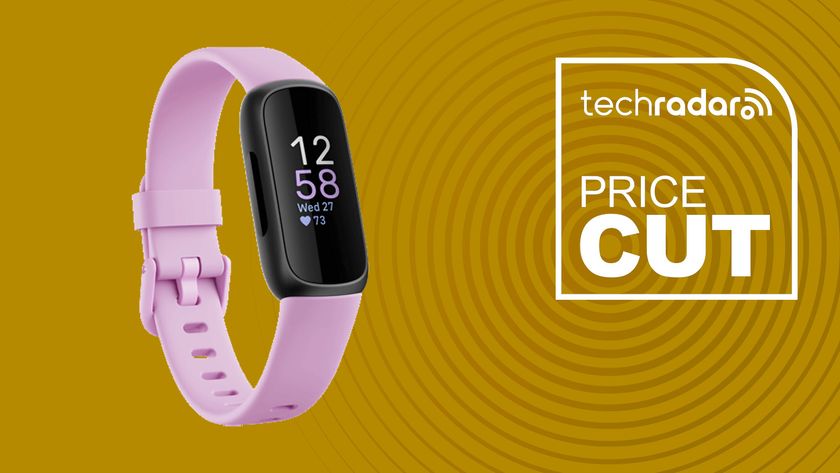
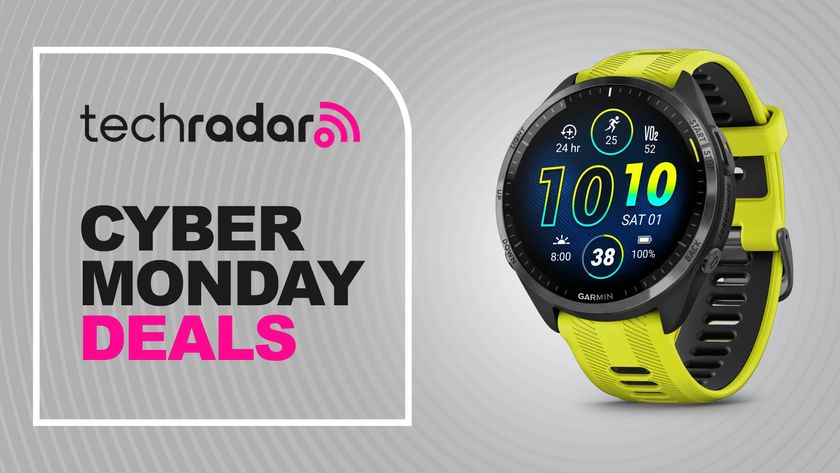

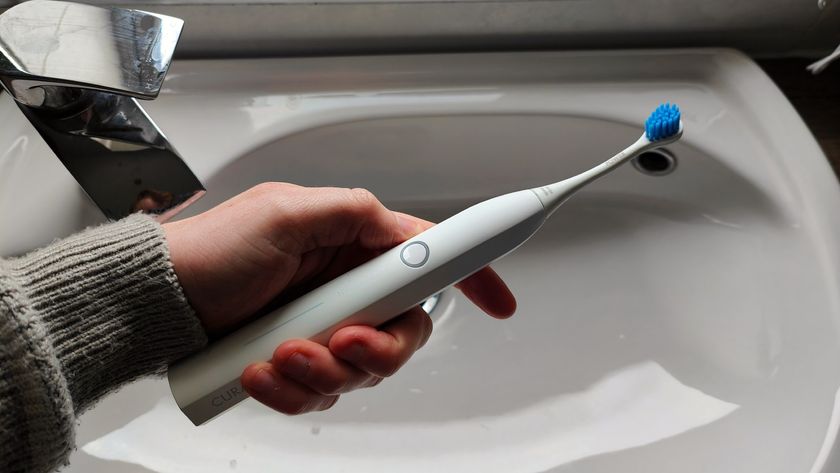

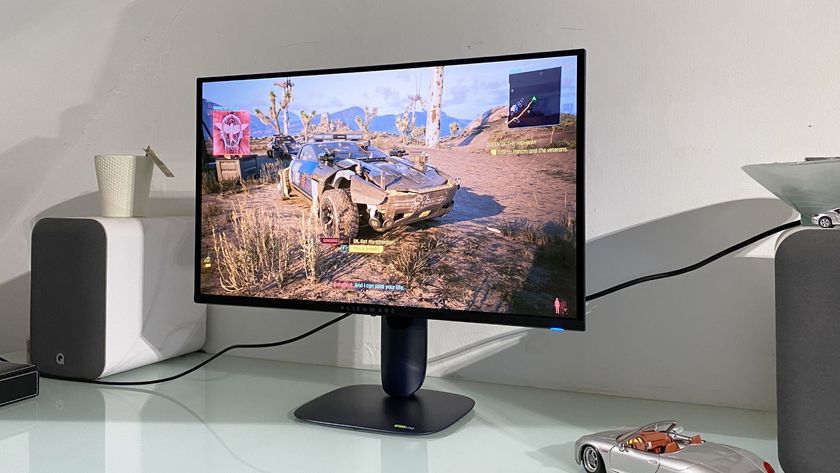
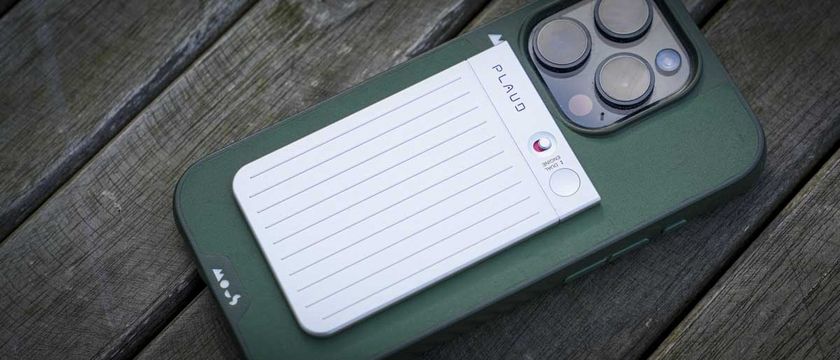
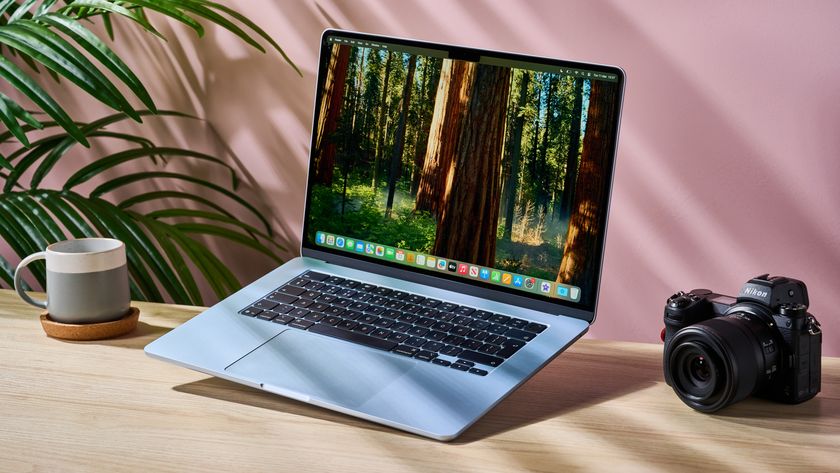

Generative AI has a long way to go as siloed data and abuse of its capacity remain a downside – but it does change the game for security teams

Diamond set to become mainstream coolant for AI GPU servers as world’s best thermal conductor promises 25% better overclocking, and 'double performance per watt'

Disappointed by The Electric State? Here's 4 reasons you should watch Tales From the Loop on Prime Video

